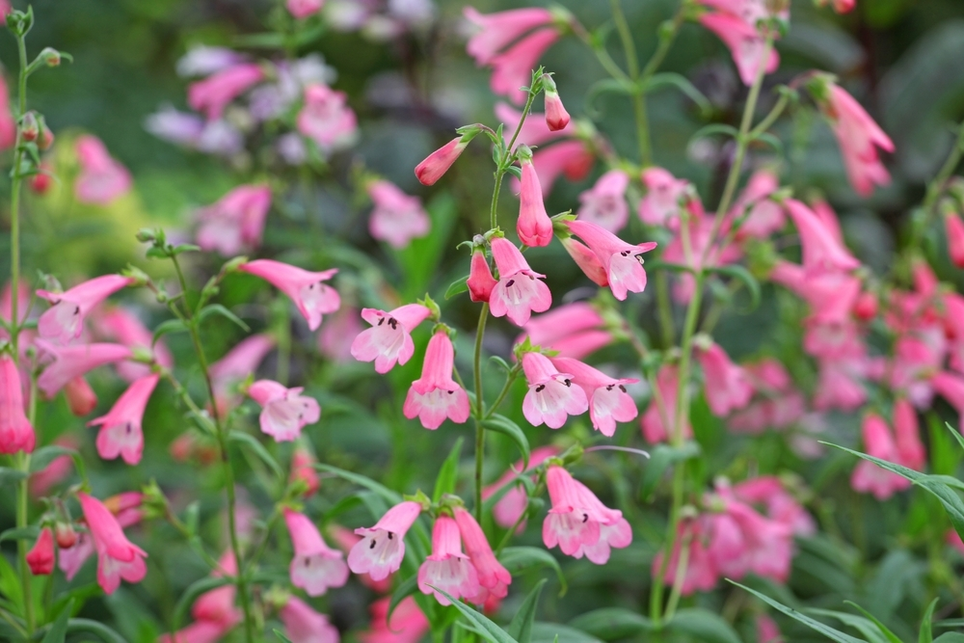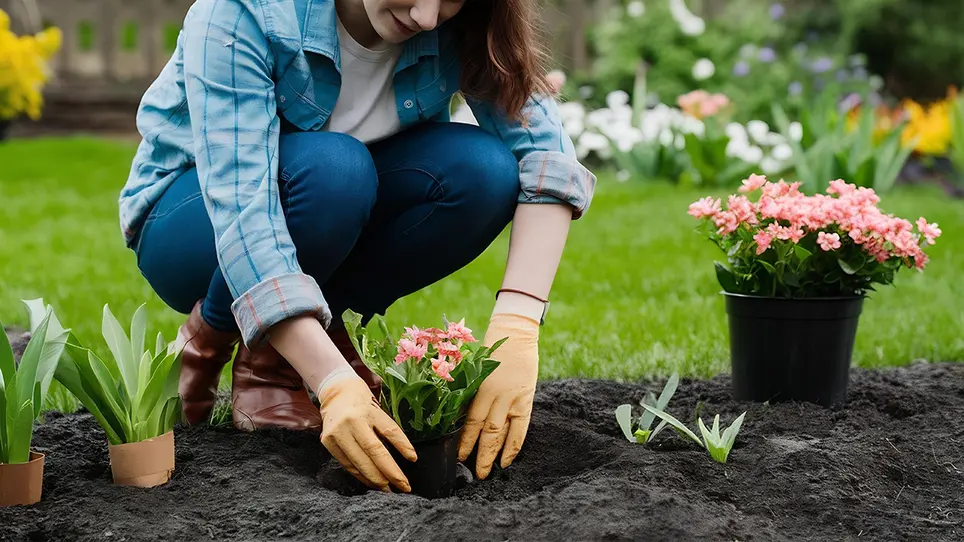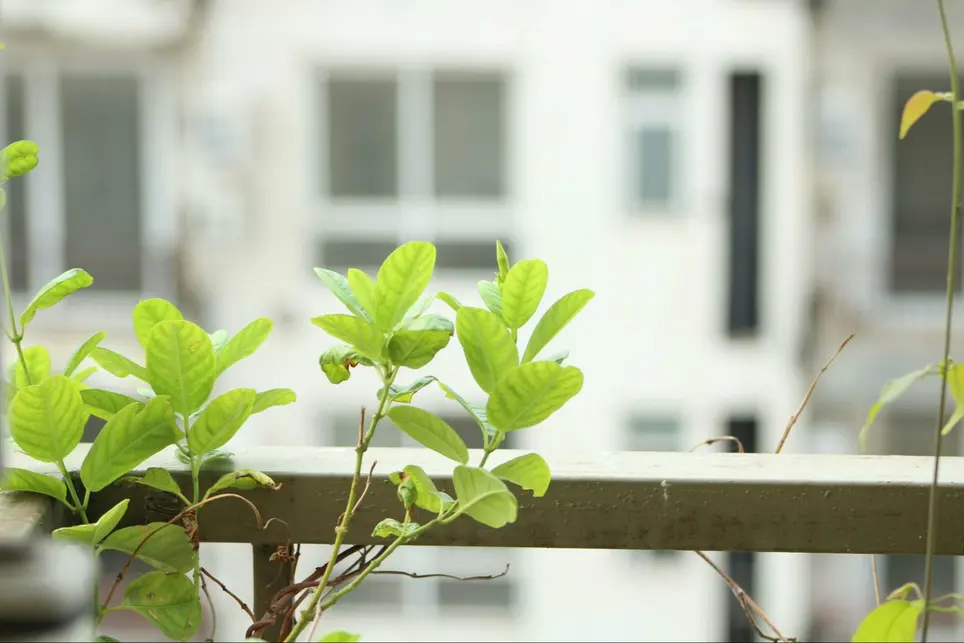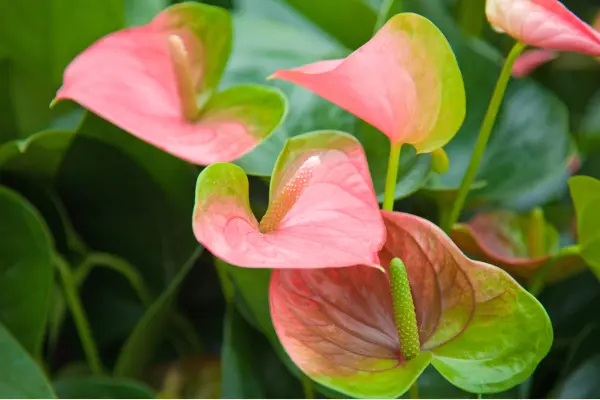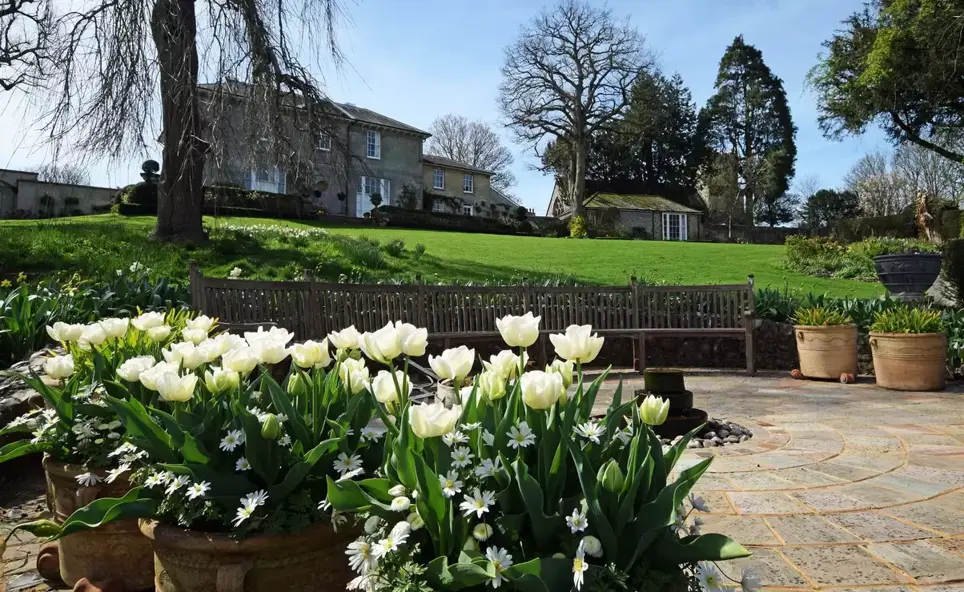
Bulbs are the life force of the garden in spring. The first sign of the new season awakening comes in early February with Galanthus’s delicate, graceful blooms (that’s Snowdrops to you and me).
Autumn is the perfect time for planting your spring flowering bulbs– from September until December. The soil is warm in autumn, helping bulbs establish roots before winter. Bulbs are powerhouses providing a riot of colour for years to come.
Bulbs are reliable, returning yearly in the garden and generally ‘Fool Proof’, suffering from very few diseases or pests. Over time bulbs will spread and naturalise in the garden providing great value for money in the long run.
It’s a busy time in the gardener’s year with planning underway for next year’s displays and colour schemes.
Order bulbs early as the best varieties always sell out fast, and it can be a costly mistake as you will have to wait until spring and purchase potted bulbs.
The expert team of horticulturists at the Boma are always available by phone, email or in-store if you need further guidance on growing bulbs.
As a rule, tulips are best planted slightly later in the ground from November onwards but will be happy being bedded earlier if in containers. It would help if you planted Galanthus no later than October, as they will flower by February. Alliums perform best when planted from November to December and Daffodils earlier, in October.
Growing bulbs in borders
You can plant bulbs for beds and borders much deeper than in containers. Planting bulbs such as Tulips and Narcissi deep in the soil prevents disturbance and damage when routine maintenance such as weeding. Bulbs will happily grow between and around existing perennial plants in the borders and beds.
Soil preparation
Before planting bulbs in flowerbeds, you need to improve drainage by digging the soil to the full depth of the spade. Digging over the earth will break it down and improve airflow and drainage. Once you’ve turned the soil of the bulb planting area, add in lots of grit, soil-improver and compost, which will help to improve the soil structure leading to better drainage and airflow. Aim to plant large bulbs such as Tulips and Narcissus 4 times their depth(15/20cm) and smaller flowering bulbs such as Galanthus and Muscari twice their depth in the soil. The nose of the bulb should always be facing up when planting.
Natural look
Plant bulbs in large swathes across the bed to make the border look more natural, with smaller bulb varieties in clusters of odd numbers such as 5 or 7 drifts amongst the front of the border.
Tip: For a natural look, scatter handfuls of bulbs across the border and plant them where they land.
The right bulb in the right place
Think about the growing environment in the area of the garden you are planting, and try to pick bulbs that will enjoy growing there. A few tips below:
- Perfect bulbs for a woodland setting or problematic shady area: Fritillaria imperialis, Muscari, Hyacinthoides non-scripta(bluebells)
- Tulips hate sitting in water, so improve drainage with grit before planting
- (Narcissus) Daffodils will cope with poorer drainage and slightly shader spots when compared to Tulips
- Plant bulbs close together but not touching one another
- Expand your flowering season by planting bulbs that have different flowering times. For example, we have (Narcissus) Daffodils flowering from January to the End of April by using a mixture of varieties of Narcissi January, which blooms in January, Narcisissus February Gold – that flowers in February and March, and Narcissus Camelot, which flowers in April.
Boma’s Bulb Colour combinations
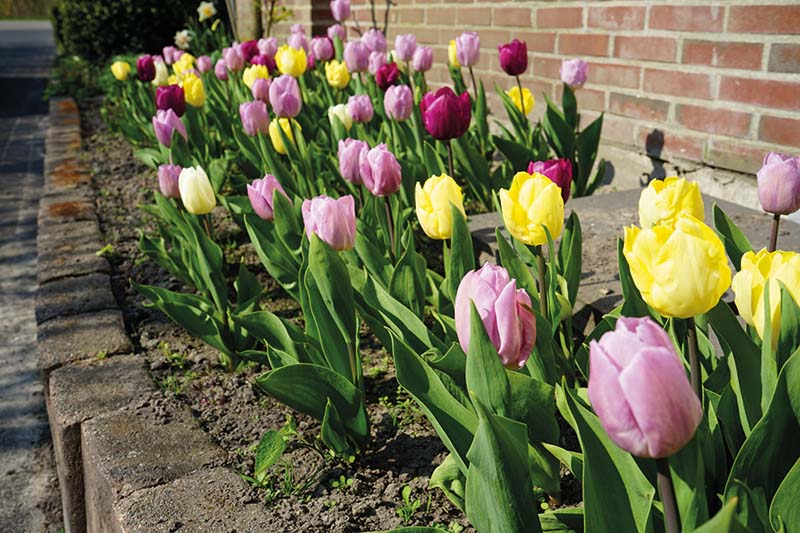
Here are some ideas of combinations from the bulb range we’ll have available in September, both in-store and online, at Boma garden centre.
Purple and orange bulb combinations
The orange Tulips shine against the dark-coloured Alliums and Tulips in this mix.
Tulip’ Antraciet’
Tulip’ Orca’
Blue, yellow and white
Pastel tones of soft yellow Narcissi and Hyacinth glow against the dark blue and contrast with the white.
Narcissi’ Minnow’
Tulip’ Antarctica’
Tulip’ friendship’
White
The timeless combination of pure white blooms shines against ferns’ dark green foliage—the perfect varieties to plant with ferns in a dark shady corner of the garden.
Tulip’ Antarctica’
Crocus’ White’
White and black
Contrasting black and white flowers have become a fashionable colour scheme.
Boma also offers ready-made bulb mixes of different varieties with perfect colour combinations.
Combi Tulip Orange / White & Narcis Yellow
Combi Tulip & Narcissus Pink / White
The Plant-O-Mat is a novel bulb combination that will make you an instant bulb expert.
These drop-in bulb pods are quick and easy to plant, producing ingenious astounding spring flower displays. These landscaping designer bulb pods are pre-planned with ideal spacing, giving you perfect colour themes.
Dig a hole in the garden area, planter or trough, place the entire bulb pod in location and cover with compost, soil, and water. You’ll see the results the following spring.
Growing bulbs in containers
Bulbs will happily grow in containers with a handful of gravel to aid drainage at the bottom of the container and a small piece of broken croc over the drainage hole. After planting, ensure the compost is kept moist and not allowed to dry out, as this is the crucial time roots are forming. Think about the container position, e.g., shade or full sun, close to the house in a rain shadow, and the height of the variety you have chosen.
The following bulbs are for a small container: Muscari, Crocus, Iris, Convallaria majalis, Puschkinia, Scilla, Anemone blanda, and Chinodoxa.
Tips for helping you with planting and choosing your containers:
- Place containers in the desired location before planting, as they will be heavy.
- Try not to overplant containers, remembering that the container may have gaps after planting, but these will soon fill out in a few months.
- Containers placed close to a wall will need extra watering as they may be in a rain shadow.
- During hot periods containers will need more watering than plants in the ground.
- Use a good quality loam-based compost with added grit to improve drainage or Bulb-fibre Compost.
- Prolong the flowering season by planting at least three different species in each container
- Compared to cheap plastic, a good quality terracotta planter can make your display look professional. Terracotta containers also drain better over winter.
- After planting your bulbs, plant seasonal flowers to provide immediate colour to your container, this will still allow bulbs to flourish.
- After bulbs have flowered, allow the foliage to die right back and then lift the bulbs planted in your containers and store them in a cool, dry place for replanting next autumn.
Make a Bulb Lasagne Planting
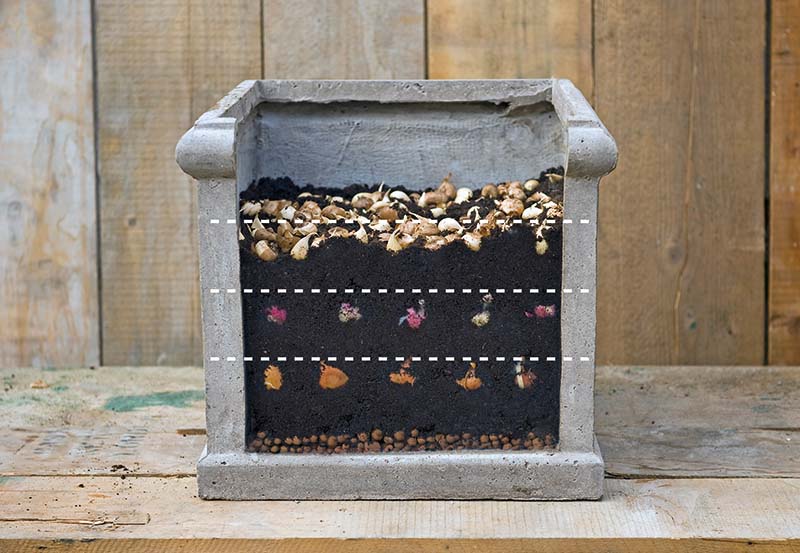
The term bulb lasagne stems from the idea of planting different layers of different species of bulbs in the same container having the added benefit of a long season of interest from one container in the garden. Let your imagination run wild and create a cornucopia of spring colour in your container this spring.
A great way to get started with a bulb lasagne is with a Bulb Bulb Lasagne Pack, which is ideal for patio planters, containers, flowerbeds and borders. The pack has colour combinations in bold pink, blue, red, purple and white, with which you can create a stunning, long-lasting flower display.
Whether you’re using a pack or choosing individual bulbs, when creating a bulb lasagne, think about each type of bulb you plant as a different layer of lasagne. Each additional layer will add flowers at different times, various themes, and contrasting colours. Be bold with your colour choices and aim for 3 or 4 layers to prolong your containers’ interest and flowering length.
The bottom tier of the bulb lasagne will be primarily late-flowering large bulbs such as Tulips. These bloom later and will happily grow up through the top layers of the lasagne.
Comprise the next layer with Daffodils which are earlier flowering but still large bulbs that will happily grow up through the layers of smaller bulbs above.
Form the top 2 tiers with early flowering smaller bulbs such as Crocus, Galanthus, Muscari or Anemone Blanda
The perfect lasagne to create a feast for the eye has a bottom layer of Tulips with a following layer of Daffodils. The layer above features Muscari with a top layer of Crocus. This combination has a long season of interest, with early flower crocus starting in March providing colour until as late as May with the Tulips.
Pop into the garden centre to chat about spring flowering bulbs with the team.




